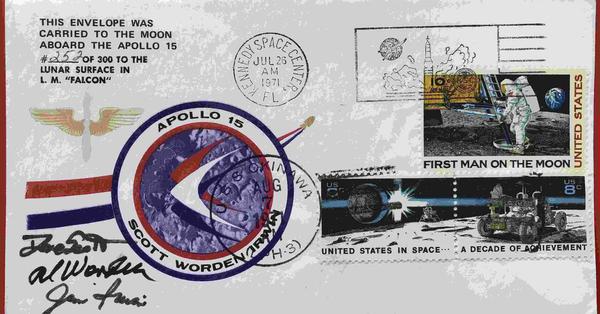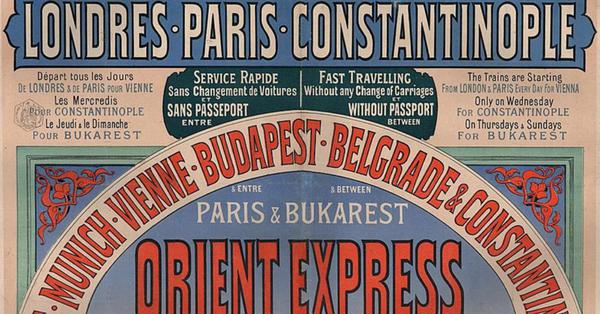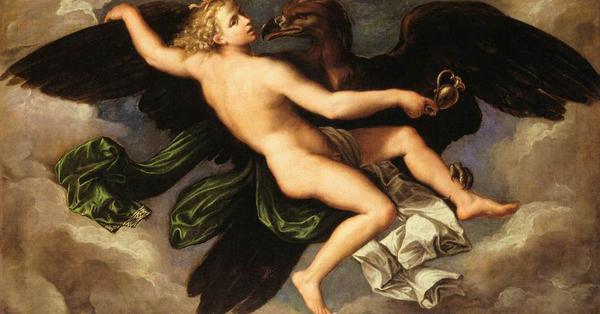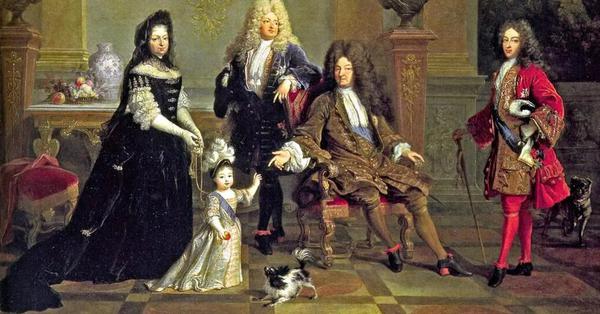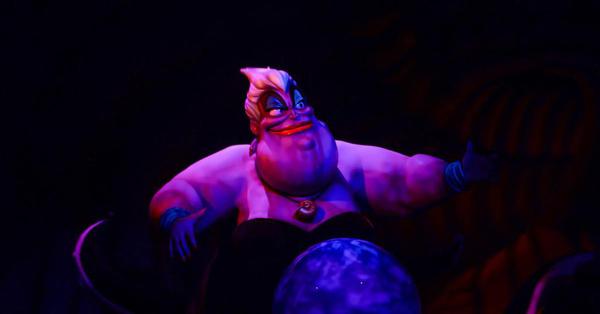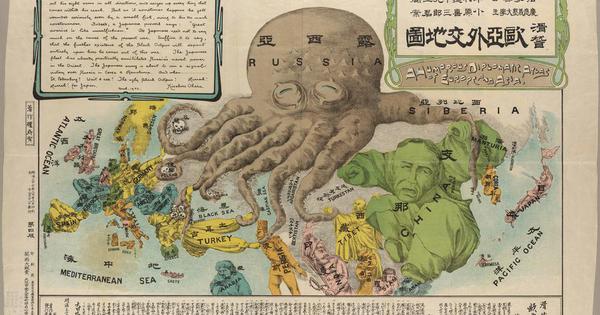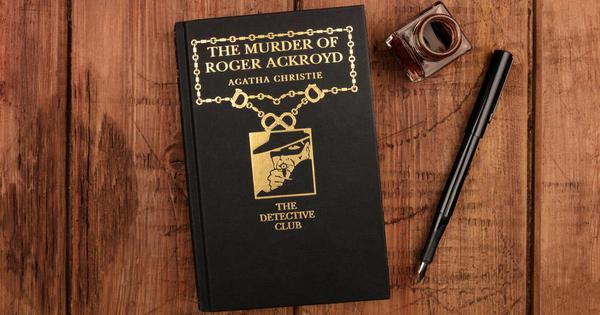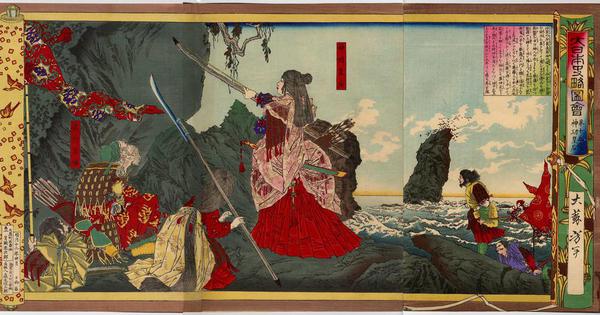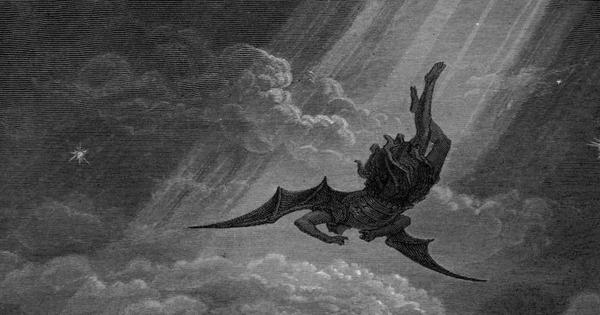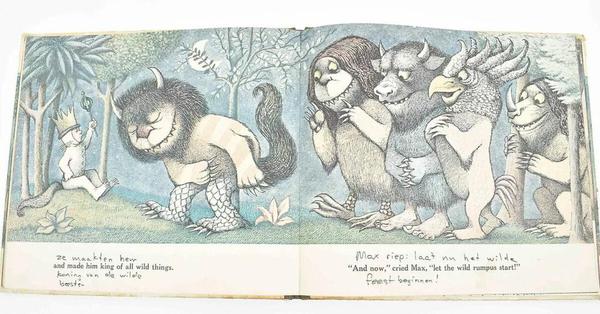
Remembering the queer authors who changed fiction forever
Children's books are often one of the most important parts of growing up – they inform literacy, emotions and creativity. And so many important children’s and illustrated books were written by queer authors, who have always existed in the space, even if the public never realised it. While many of these writers chose not to make their identity the central tenet of their output, their lived experiences informed so much of the writing they published.
